Bail Making Pliers Uses and Benefits.
Are you regularly working with hand tools to fix and finish projects around your house or garage? If yes, your toolbox must have bail making pliers. However, not all of us are accustomed to this tool, its criteria, and its usage mode.
Moreover, if you haven’t used it yet, let me introduce you to bail making pliers, which are an essential tool for every chore. Rather than missing out on its abundant benefits, come and skim through this informative article to know all the pros and cons of bail-making pliers.
Trust me; you’ll have the urge to purchase this tool if you haven’t already before you even finish reading. Think I’m exaggerating? Think again, and find out the truth!
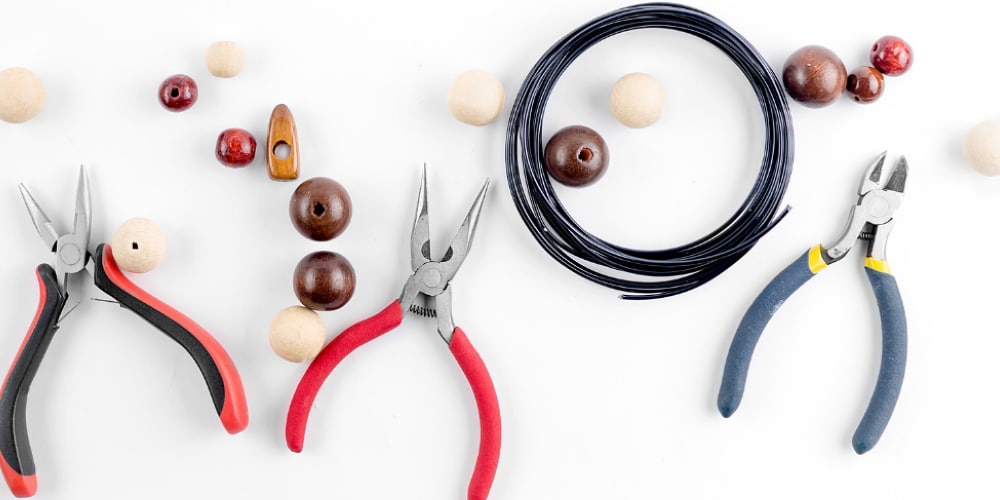
Image: Bail Making Pliers
What is the Bail Making Pliers?
Bail-making pliers are a sweet delight because of their versatile usability. Bail making pliers are vitally used to fix and create jewelry.
These can also be known as looping pliers. While purchasing, it’s crucial to know the measurement of the loops you want to create. These can make bails on sheet metals and flat metals and create loops on wire wrappings, beads, links, coils, shaping ear wires, hook clasps, and more!

Image: Bail-Making Pliers
Basically, they can make regular loops or curves, particularly if you need repetition in shapes and sizes.
How to use bail making pliers?
Before we get right into it, let’s suggest a few points to you. If you decide to work with bail making pliers, you must comprehend its attachments and adjustments. Don’t worry; using bail-making pliers is easy in reality. However, you need to familiarize yourself with its mode of use first.
Let’s see how it’s done.
Image: How to Use Bail Making Pliers
Step-by-Step Guide?
Use the correct size: Traditionally, they can come in three sizes: medium, large, and small. You can also get two-sized options for the bails. Unlike the round nose pliers, you can use the constant diameter to make a bail, which is tapered and broader from tip to base.
- Use the correct shape: The continuous prongs will deliver the same sized bails so that the larger prong will provide an extra-large bail-making tool. Since all these three come in two sizes, you get six sizes in total to work with. Most often than not, these pliers come in handy for fixing or making jewelry.
- Align it properly: Line up your bail with your pendant’s width to see how big of a bail you’ll need. Once you find one with the closest width, take a connector for the pendant.
- Use the bail making plier to fasten: Take the bail-making plier and place it on the center. Grip it and pull down each side of the connector so that the holes of the connector line up.
- Reusing the bail making pliers: Lastly, use a head pin to secure the connector on the pendant, and you’re done! The good news is that you can use these pliers to even and align metals, thin wires, and much more. Once you’ve given yourself a head start with this tool, the rest should come easy.
And it’s that simple to use the plier. The troublesome part you may face is, reaching through tight spaces to hold the oil filter.
Types of Bail Making Pliers:
Now, I will walk you through the different bail-making pliers types. It depends on your needs and the work at hand, so check it out.
1. Consistent diameters:
These kinds of bail making pliers comes in different sizes, and each plier comes with two varying lengths of jaws. So, in total, you get around ten different sizes of prongs if you have five sets of bail-making pliers. The smallest bail-making plier could measure up to 2mm, and the largest could be around 9mm or more.- 2. Round-nose pliers:
Round-nose pliers have approximately round jaws with smooth surface finishes and a tapered diameter at the end. The size expands from the tip to the base. - 3. Bail-making pliers with steps:
Bail-making pliers have six steps with differing size rounds, three on either side. These steps have varying diameters along their lengths, making it easier to create the different sized loops according to your need. The pliers’ sizes can range from two to nine millimeters, traditionally. However, you can also get your hands on pliers with even larger diameters. - 4. Steps and uniform prongs:
Some pliers come with only three steps on one side and one consistent step on the other. While the three steps will have varying sizes, the other will only have one uniform measure.
Advantages of Bail Making Pliers:
This section will clear the air for you. So, what are the advantage of using a bail making plier? Keep reading to know!
- Portable: This tool is relatively compact. Thus, you can carry it around on its own or even shove it in the toolbox for easier access.
- High Value: Since you can get multiple sizes with one set, you can save a ton of time and money with this tool. In return, you also acquire high value because of its high usability.
- Easy to work with: Nitty-gritty such as wires and jewelry are petite and sensitive to rough handling. As this tool is neat and straightforward, you can tackle the job well without hampering your project’s quality.
Read More: Best Bail Making Pliers Reviews
Disadvantages of Bail Making Pliers:
Now hold on, don’t let this section demotivate you. The disadvantages outweigh the merits by a mile, and here’s why.
You will need some time to get used to this tool and break it in to have the perfect finish.
See? That’s it. That’s the only drawback you have to deal with. It sounds like a good deal, doesn’t it?
FAQs:
This bail is made from two pieces of wire. It’s used on top-drilled stones, sides, and front.
Conclusion:
Overall, making homemade jewelry or even mending it will no longer be a hassle and stressful. With bail making pliers, their various shapes and sizes, you can go around the house fixing and attaching an array of materials.
Since this tool has high versatility, you’re putting your eggs in the right basket. Besides, these don’t cost a fortune but can serve you for a lifelong term; thus, they optimize value with each use. But, which tool you opt for is your call.
Before purchasing a bail-making plier, ensure that they serve you and your designated work well. If you can hit the jackpot with the correct fit and size, you’re in for greatness, my friend!
Subscribe & Get Tools News
We do not spam. You can unsubscribe anytime


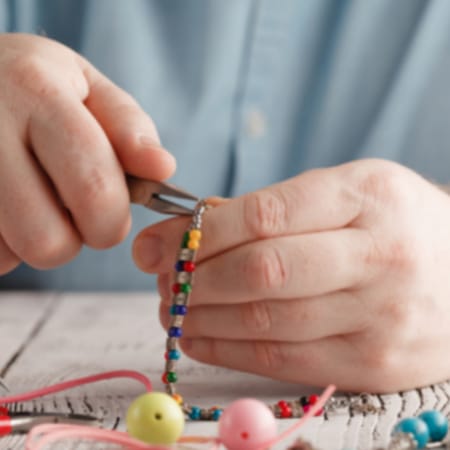

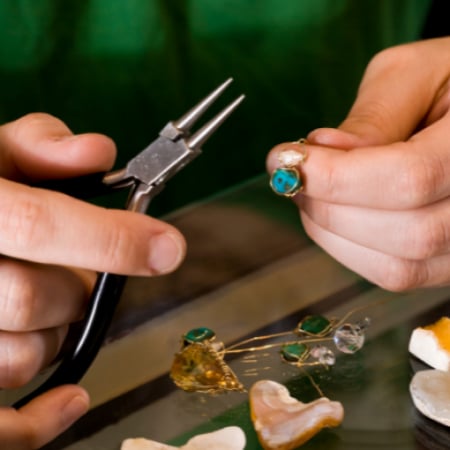



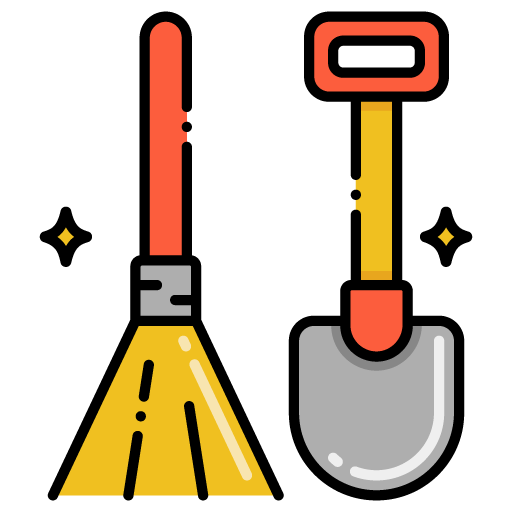


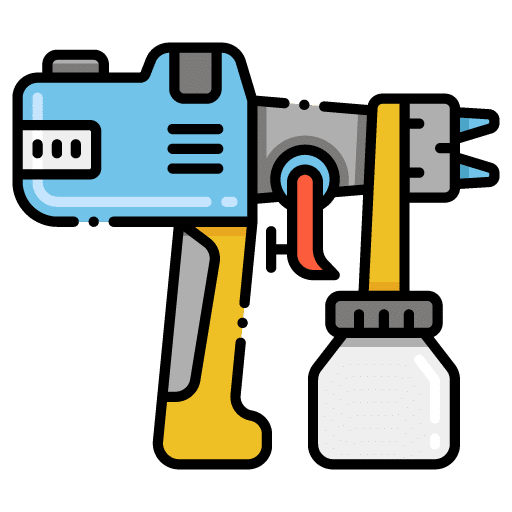

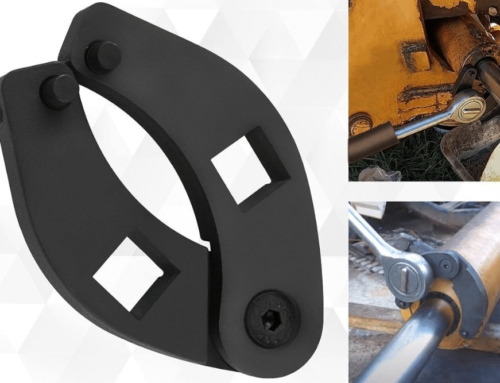
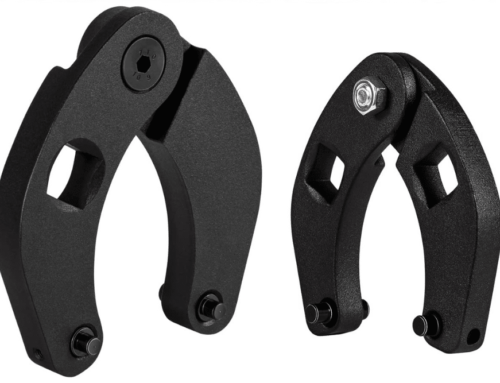
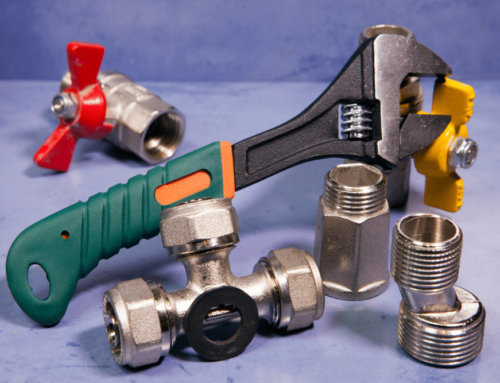
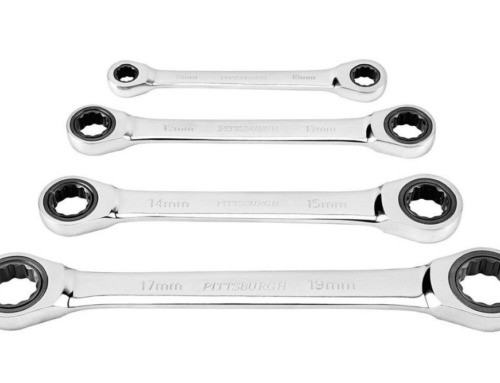
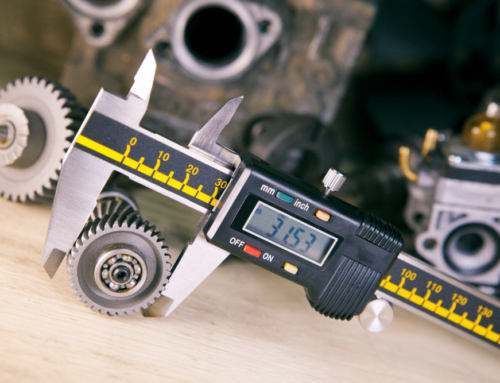
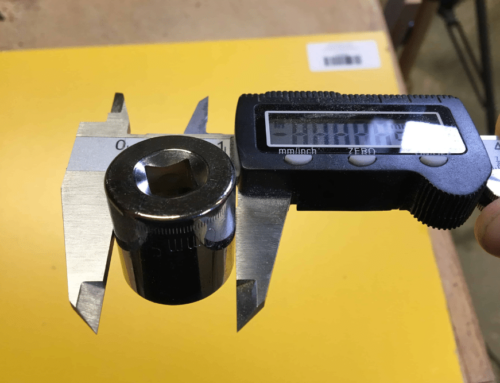
Leave A Comment